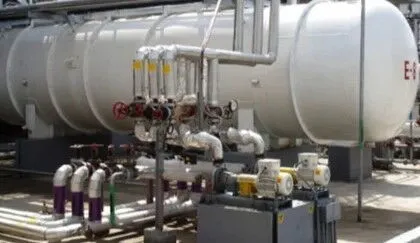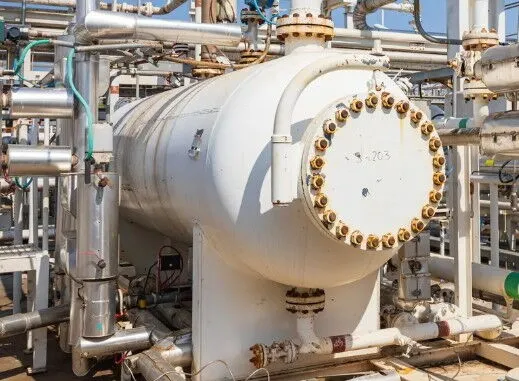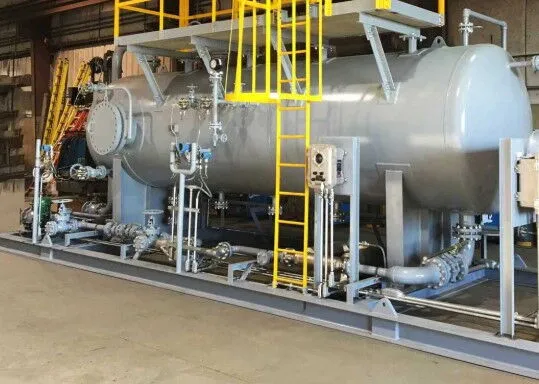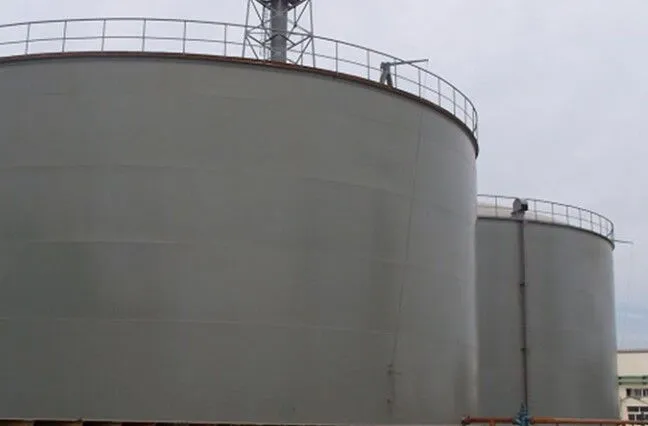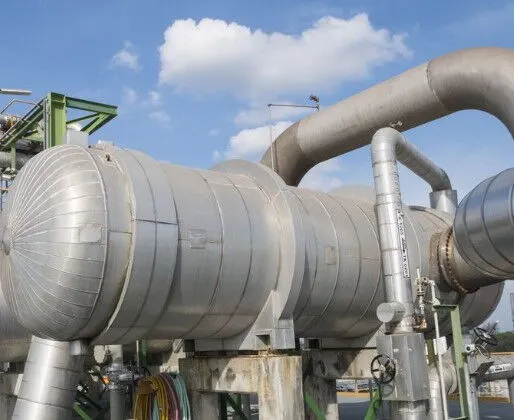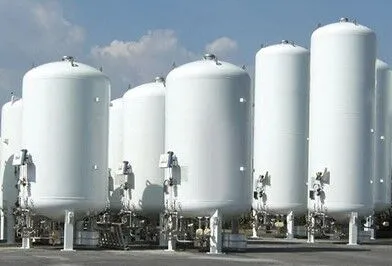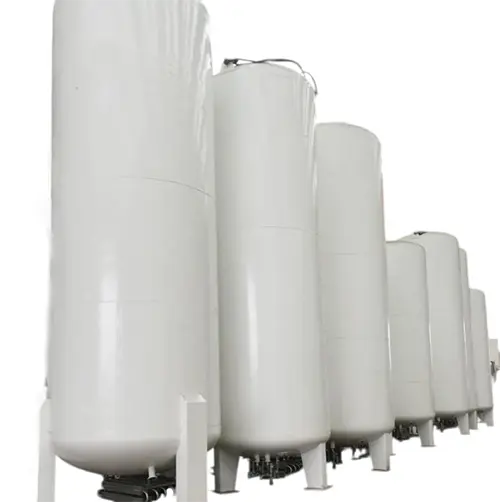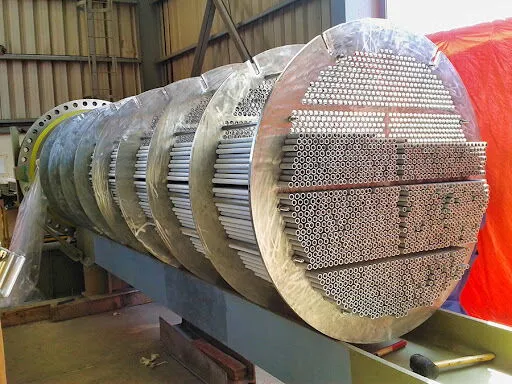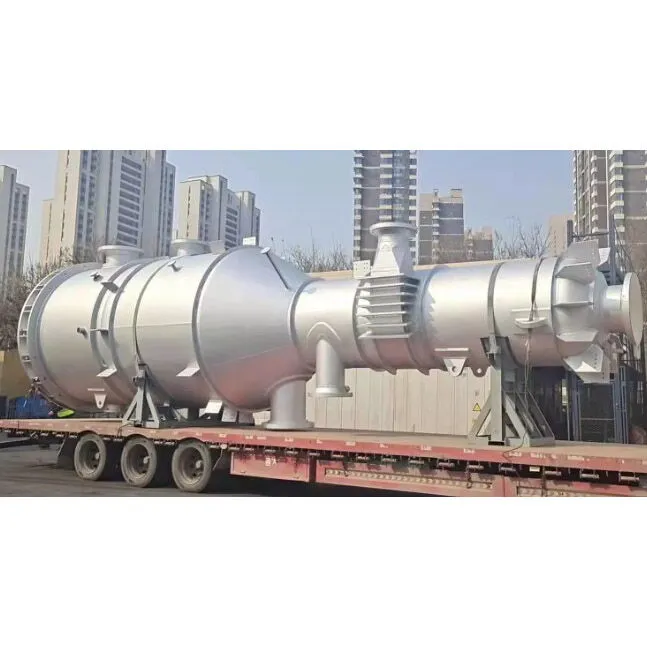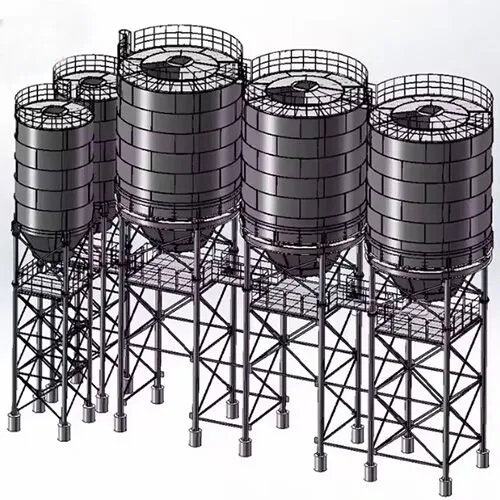How to Choose Pressure Gauges for Pressure Vessels
Pressure gauges are instruments used to measure the pressure of the medium inside containers or pipelines. They are critical components in the operation of pressure vessels, as they accurately monitor pressure changes, preventing overpressure or underpressure, and ensuring the safety and reliability of the equipment. Pressure gauges are widely used across various industrial sectors, including oil, chemical, metallurgy, and power industries, where they play an essential role in ensuring the proper...

